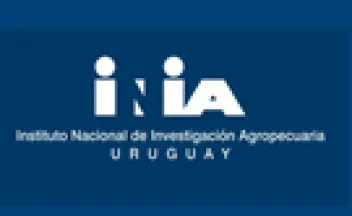Setting effective and functional, SDG-consistent, transformational pathways for agro-food chains using a flexible multi-objective, stakeholder-participatory backcasting approach.

Abstract:The UN chose Uruguay as first case study for implementing a new set of post-2015 Sustainable Development Goals (SDGs), under the Sustainable Development Solutions Network (SDSN). In 2006, the project issued the first report with the Agricultural Transformation Pathways (ATP) for Uruguay and other two selected study cases:U.K. and China.
